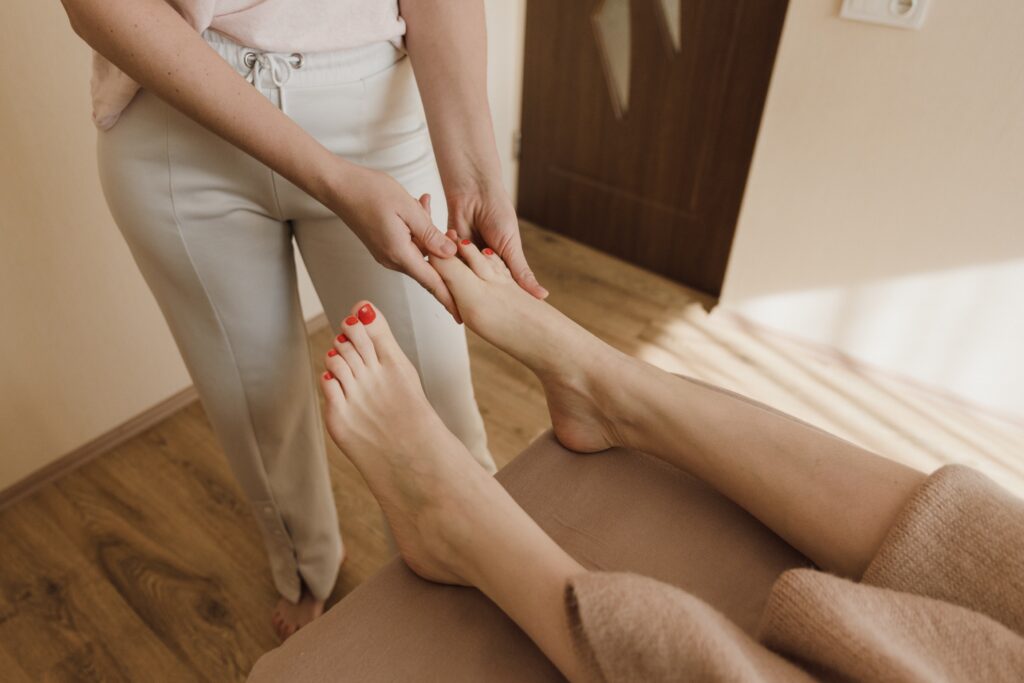Recovering from Morton’s Neuroma: Physical Therapy for Pain Relief and Prevention
Introduction
Are you experiencing foot pain due to Morton’s neuroma? Physical therapy can be an effective treatment for people suffering from this condition. It can help relieve pain, increase mobility and flexibility, and improve overall wellbeing. In this article, we’ll discuss what to expect when you visit physical therapy for morton’s neuroma, the types of exercises you might do to help with your recovery, and how physical therapy can help prevent reinjury.
What to Expect at Physical Therapy
When you first visit a physical therapist for morton’s neuroma treatment, they will do an initial evaluation. This includes taking a full medical history and doing a physical assessment of the affected area. Your physical therapist may also review imaging tests such as X-rays and MRIs to help diagnose the condition. Once your physical therapist understands your condition they will create a personalized treatment plan that will include exercises and techniques specifically tailored to your needs.
Your physical therapist may use various treatments such as massage, ultrasound, electrical stimulation, and ice or heat therapy to reduce inflammation, pain, and discomfort associated with morton’s neuroma. They may also prescribe exercises to help strengthen the muscles in your feet and improve your balance, flexibility, and range of motion.
Types of Exercises for Recovery
Physical therapists typically recommend a combination of stretching and strengthening exercises when treating morton’s neuroma. Some common exercises include:
Calf stretch: To increase flexibility in your calf muscles which can reduce pressure on the involved nerve
Toe raises: For strengthening your toes and foot muscles
Ankle circles: To help increase flexibility in your ankle joints
Balance drills: To improve balance and coordination of the affected area
These exercises are generally done a few times each day. Your physical therapist will guide you on how often to do them as well as how to perform the exercises correctly.
How Long is Recovery?
The timeline for recovery from morton’s neuroma varies depending on the severity of the condition and how well you respond to treatment. Generally, it takes a few weeks or months before you start to notice improvements in your condition. Your physical therapist can provide guidance on when they expect you will be able to return to your normal activities.
How Physical Therapy Can Prevent Re-injury
Physical therapy is an important part of recovery for morton’s neuroma because it helps reduce the risk of re-injury. Your physical therapist can provide advice on how to modify your lifestyle and activity levels as you recover from the condition. This may include changing shoes or adding shoe inserts to reduce pressure on the involved nerve.
Your physical therapist can also help you build strength and coordination in the affected area. This can help you prevent falls and other accidents that could lead to reinjury or further damage.
Conclusion
Morton’s neuroma is a common condition that can cause pain, numbness, and tingling sensations in your feet. Physical therapy can help reduce these symptoms by focusing on strengthening and stretching the muscles of the foot and ankle as well as improving balance and coordination. With proper treatment, most people are able to find relief from morton’s neuroma.

